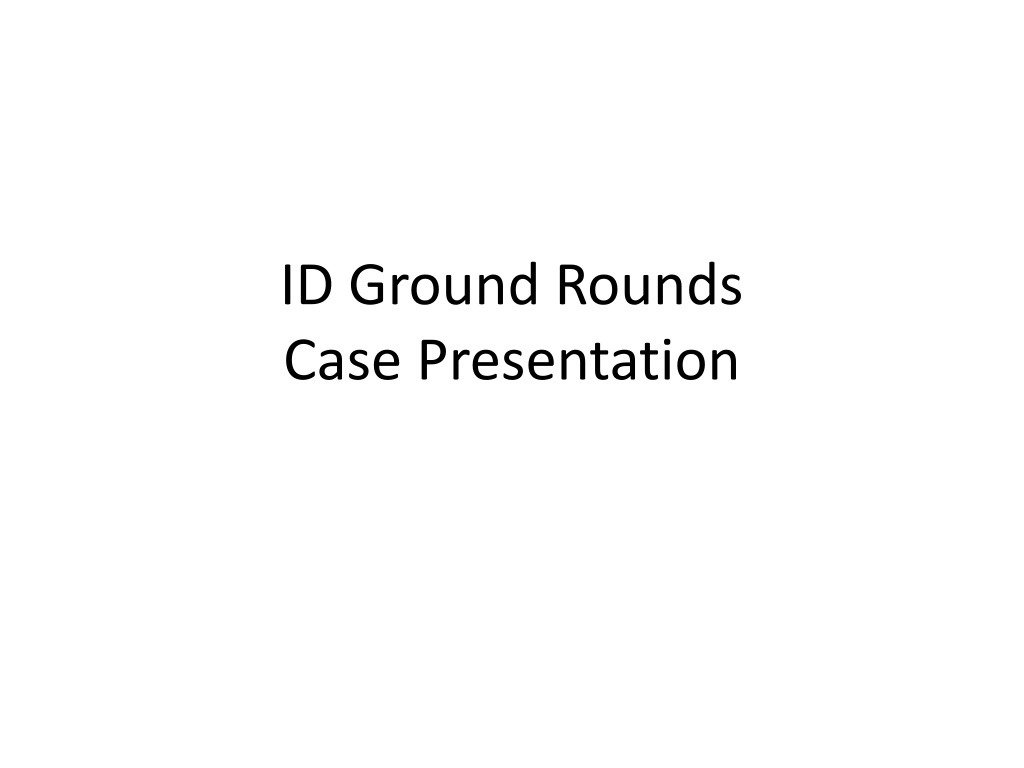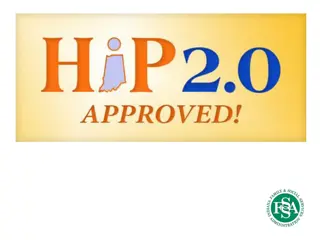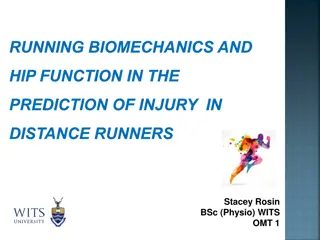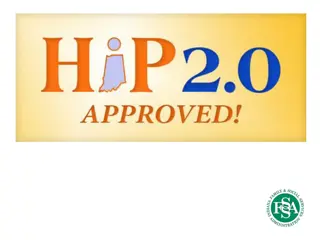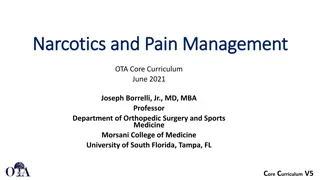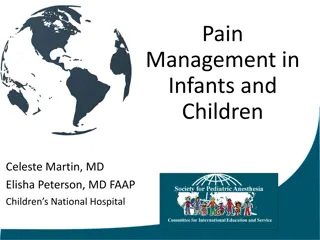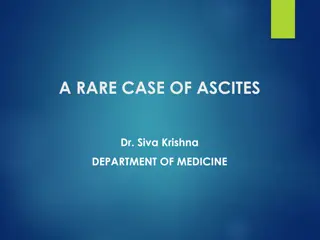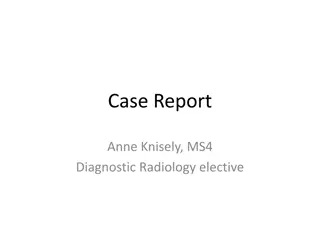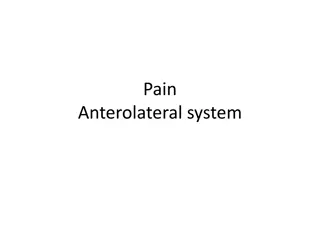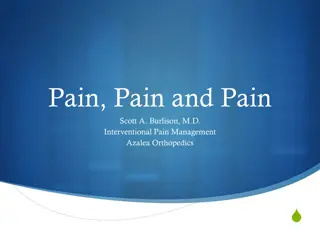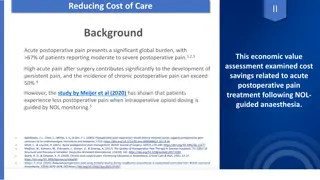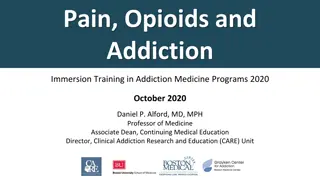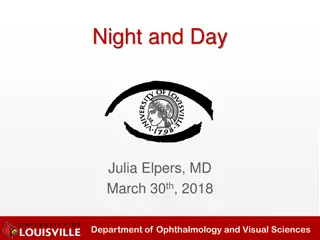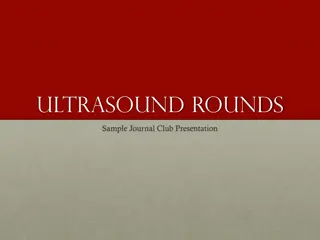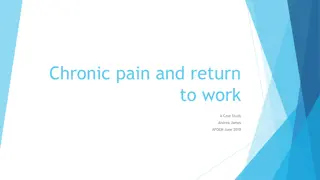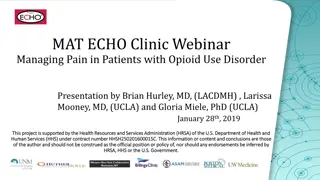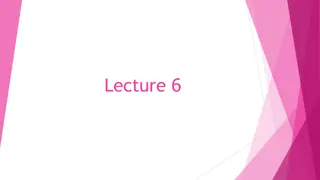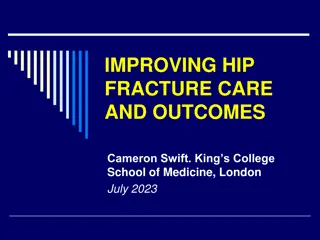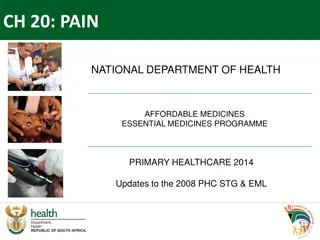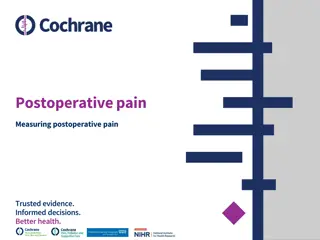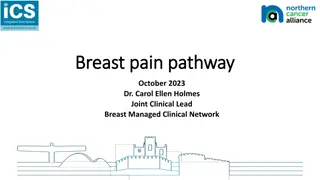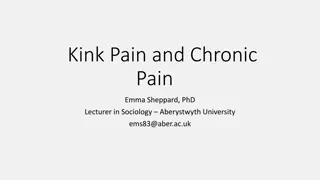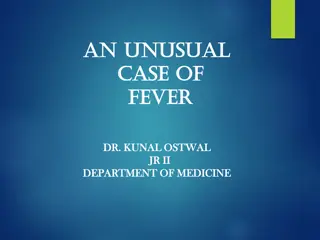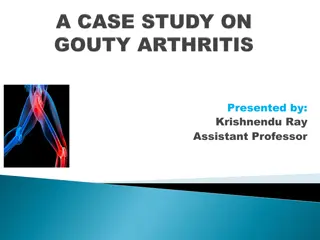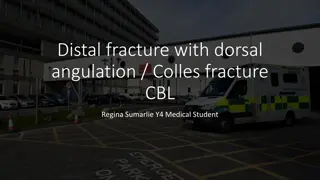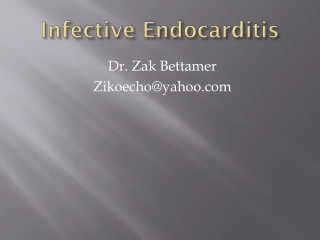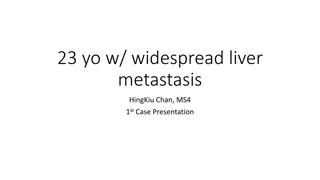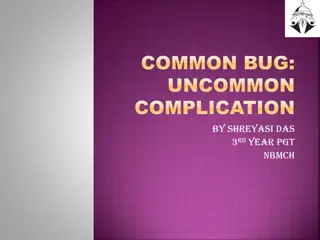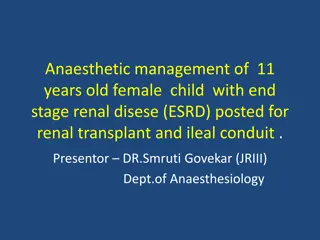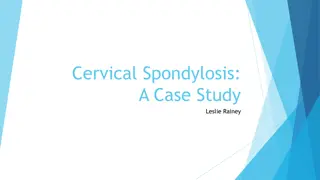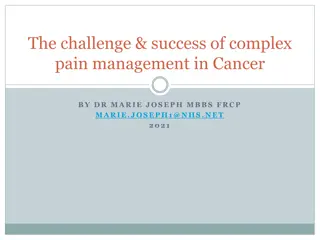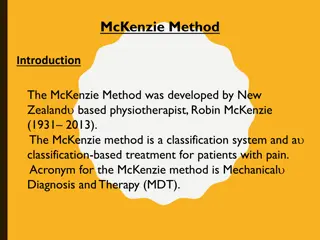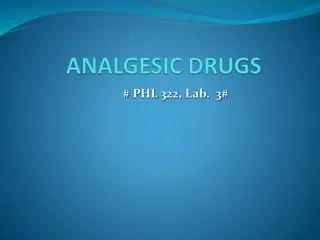Case Presentation: Right Hip Pain with Associated Chills in a 56-Year-Old Female
56-year-old female presenting with right hip pain and chills, no significant past medical history except for suspected bursitis treated with steroid injections. Pain worsened despite injections, and she developed swelling over the hip. Physical exam revealed a fluid-filled mass in the buttock area with tenderness. Laboratory results showed abnormalities in CBC and CMP. Further evaluation is needed to determine the underlying cause.
Download Presentation

Please find below an Image/Link to download the presentation.
The content on the website is provided AS IS for your information and personal use only. It may not be sold, licensed, or shared on other websites without obtaining consent from the author. Download presentation by click this link. If you encounter any issues during the download, it is possible that the publisher has removed the file from their server.
E N D
Presentation Transcript
ID Ground Rounds Case Presentation
History of Present Illness (HPI) Chief Complaint: Right hip pain and associated chills 56 year old female with no significant past medical history Pain in the right lateral hip started 9 months ago after participating in the Special Olympics Polar Plunge Had been receiving periodic steroid injections by primary care physician (PCP) for suspected bursitis
HPI Steroid injections would provide relief for 5-6 weeks, and then pain would return Had a total of 3 steroid injections over the past 9 months1 month ago he noticed increasing swelling over R lateral hip, but no increase in pain Pain was worse with certain positions (noticed most when she was sleeping or walking) ROS: Denied fevers, nausea, vomiting; endorsed intermittent chills for several days Called her PCP who advised to go to emergency department for further evaluation
Past Medical History: None Past Surgical History: Cesarean section Social History: Born and raised in Europe, grew up on a farm. Works as a paralegal. Lives at home with husband. Former smoker. Social drinker. Denies any illicit drug use. No pets at home. Family History: Rheumatoid arthritis (father) Meds: Celebrex Allergies: Morphine (hives)
Physical Exam VITAL SIGNS: BP 150/84, HR 81, Temp 98.1, RR 18, SpO2 100% GENERAL: alert and oriented, well-appearing, age-appropriate in no apparent distress NECK: no cervical lymphadenopathy LUNGS: CTAB, no wheezes/rales/rhonchi, breathing unlabored CVS: Regular rate and rhythm, normal S1S2, no murmurs/rubs/gallops, 2+ dorsalis pedis pulses bilaterally ABD: soft, non-tender, nondistended, normoactive bowel sounds BACK: no deformity, no tenderness with palpation EXTREMITIES: A fluid filled mass (2-3cm) in the posterior buttock area with overlying area of erythema. There is fluctuance and focal tenderness to palpation and she does have palpable fluid wave that extends down to her mid thigh and posteriorly into the buttock. Pain with abduction against gravity. Pain with maximum internal rotation and flexion.
Laboratory Results CMP: Lab Results NA 139 K 4.3 CL 104 CO2 22 BUN 13 CREAT GLU 85 PROT ALB 3.4 CA 8.3 TBIL 0.5 AP 138 SGOT SGPT CBC: Lab Results WBC RBC HGB HCT MCV RDW PLT ESR 47, CRP 142 9.7 3.9 11.5 34.2 85.7 13.2 311 0.72 8.0 32 18
X-ray lateral right hip: Cortical irregularity of the greater trochanter of right femur with increased surrounding soft tissue thickening, concerning for possible osteomyelitis.
MRI Right Hip Multiple fluid collections are noted at the right hip region surrounding the right greater trochanter, as well as overlying the superficial fascia of the right proximal thigh and within the right gluteal soft tissues. Cortical erosions/cortical bone loss at the region of the greater trochanter with underlying intramedullary radiolucent changes, which suggest involucrum
Hospital Course Orthopedic Surgery took to the operating room (OR) for incision and drainage of R gluteal abscess Immediate release of 500 ml purulent fluid from a cavity that extended to gluteal musculature Cavity probed with connection to greater trochanteric bursa, which also continued purulent fluid Probed through greater trochanteric bursa to bone Bone was not soft/necrotic, no bone debrided. OR cultures sent at that time.
OR Specimen Deep Right Hip Tissue Gram Stain Moderate red blood cells Few white blood cells No organisms seen No Acid Fast Bacilli seen
Hospital Course, continued Cultures with no growth during admission Treated with IV vancomycin and PO levofloxacin 750 mg daily Pain, swelling, redness of R hip improved after I&D, antibiotics PICC placed and patient discharged to home to complete 6 weeks of antibiotic therapy
4 week follow up in ID clinic Hip wound continues to drain, now more serous fluid New growth from OR specimen Deep Right Hip Tissue Growth of Mycobacterium tuberculosis complex Started on RIPE (Rifampin + Isoniazid + Pyrazinamide + Ethambutol + pyridoxine) therapy for tuberculous (TB) osteomyelitis with bursitis and gluteal abscess of right hip
Chest X-ray: 1. No focal consolidation. 2. Small nodular opacity within the apex of the right lung. Two additional smaller nodules within the lateral right middle lobe and along the lateral aspect of the left lung base.
10 days into therapy Patient calls complaining of nausea, vomiting, fatigue, poor oral intake, frequent belching Admitted directly from clinic due to suspected intolerance of TB medications
New Laboratory Results CMP: Lab Results NA 139 K 4.4 CL 102 CO2 16 BUN CREAT 0.84 GLU 74 PROT ALB 3.7 CA 8.3 TBIL 1.7 (upper limit normal: 0.4) AP 290 (upper limit normal: 164) AST 1287 (upper limit normal: 46) ALT 532 (upper limit normal: 33) CBC: Lab Results WBC HGB HCT 42.4 7.3 14 20 PLT 314 8.0
Chest CT scan without IV contrast Upper lobe predominant pulmonary nodules, one of which is cavitary. Constellation of findings is most suggestive of post primary tuberculosis in accordance with provided clinical history.
Hospital Course All TB medications held Improvement in liver function levels and gastrointestinal/constitutional symptoms AFB sputum smear negative x 3 Patient discharged to home with close infectious diseases follow-up and eventual step-wise re-introduction of TB medications
